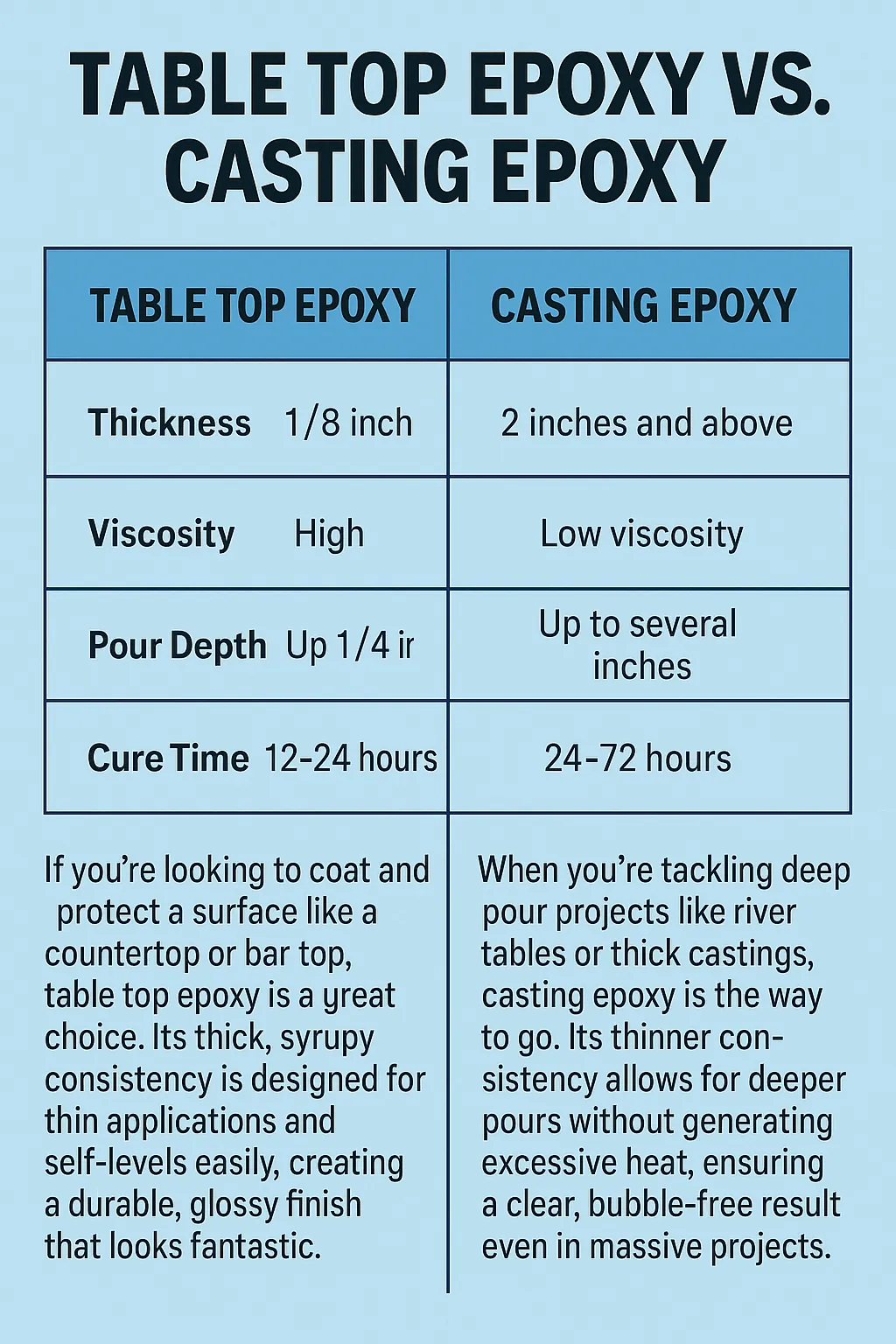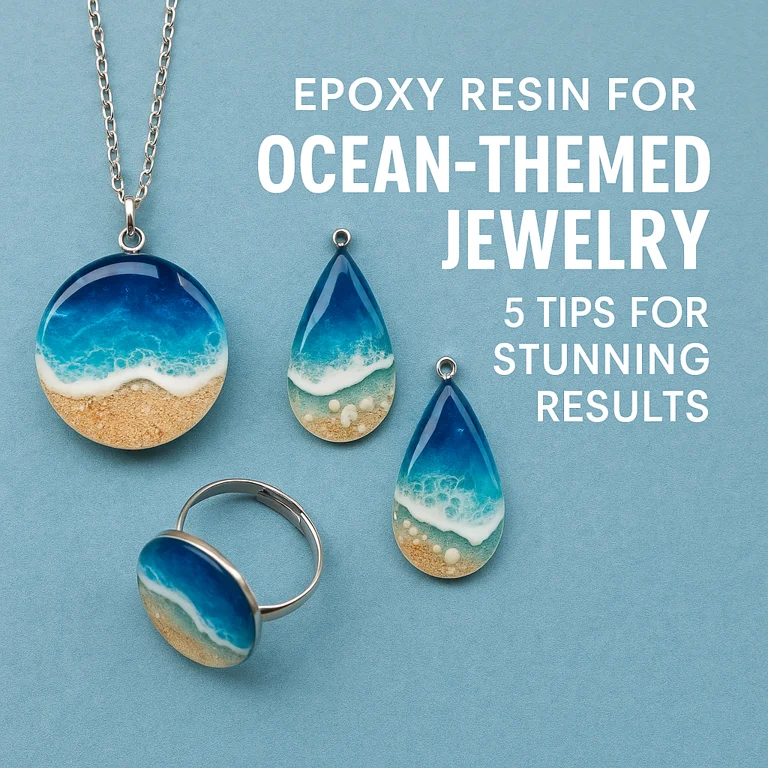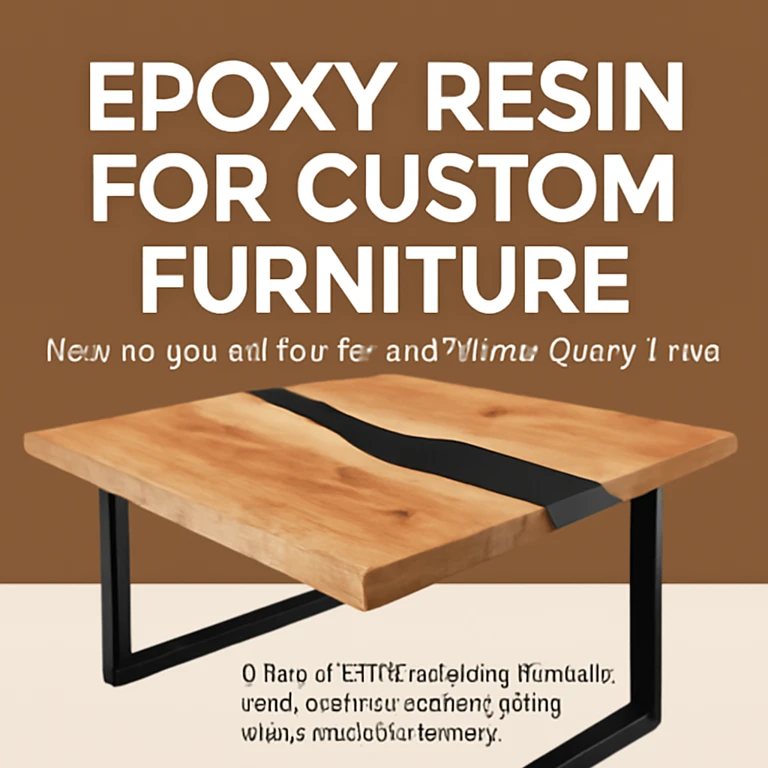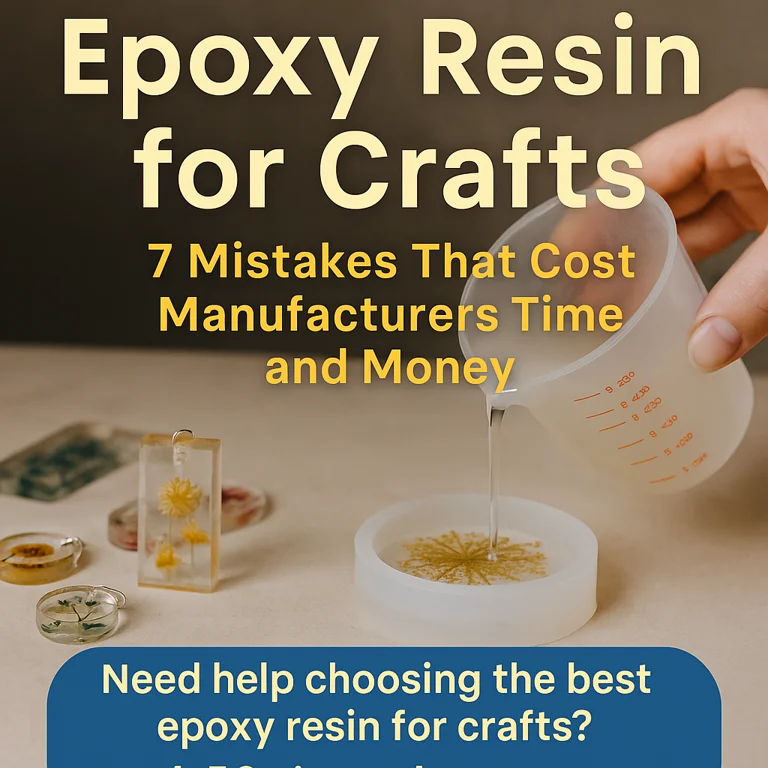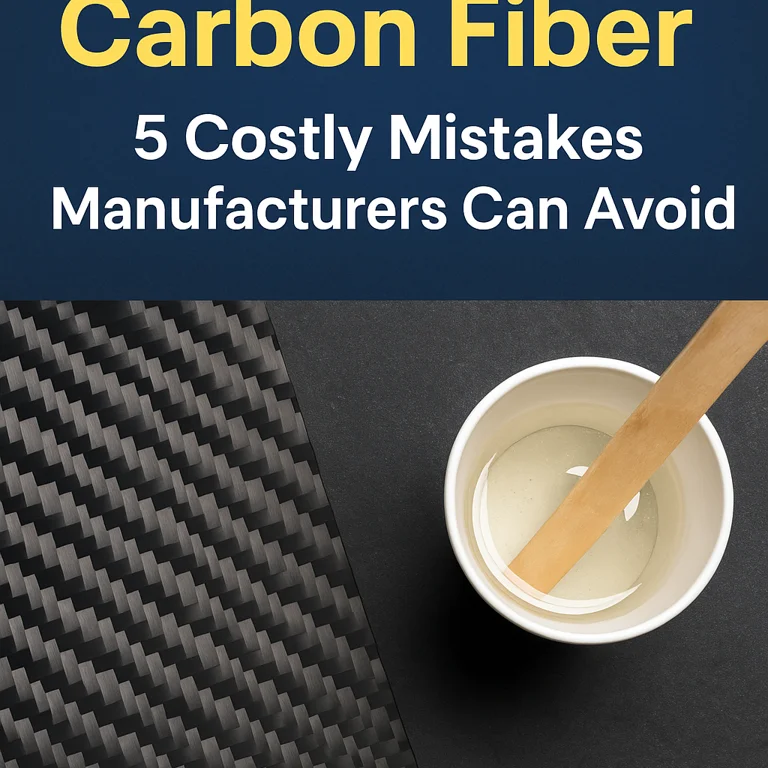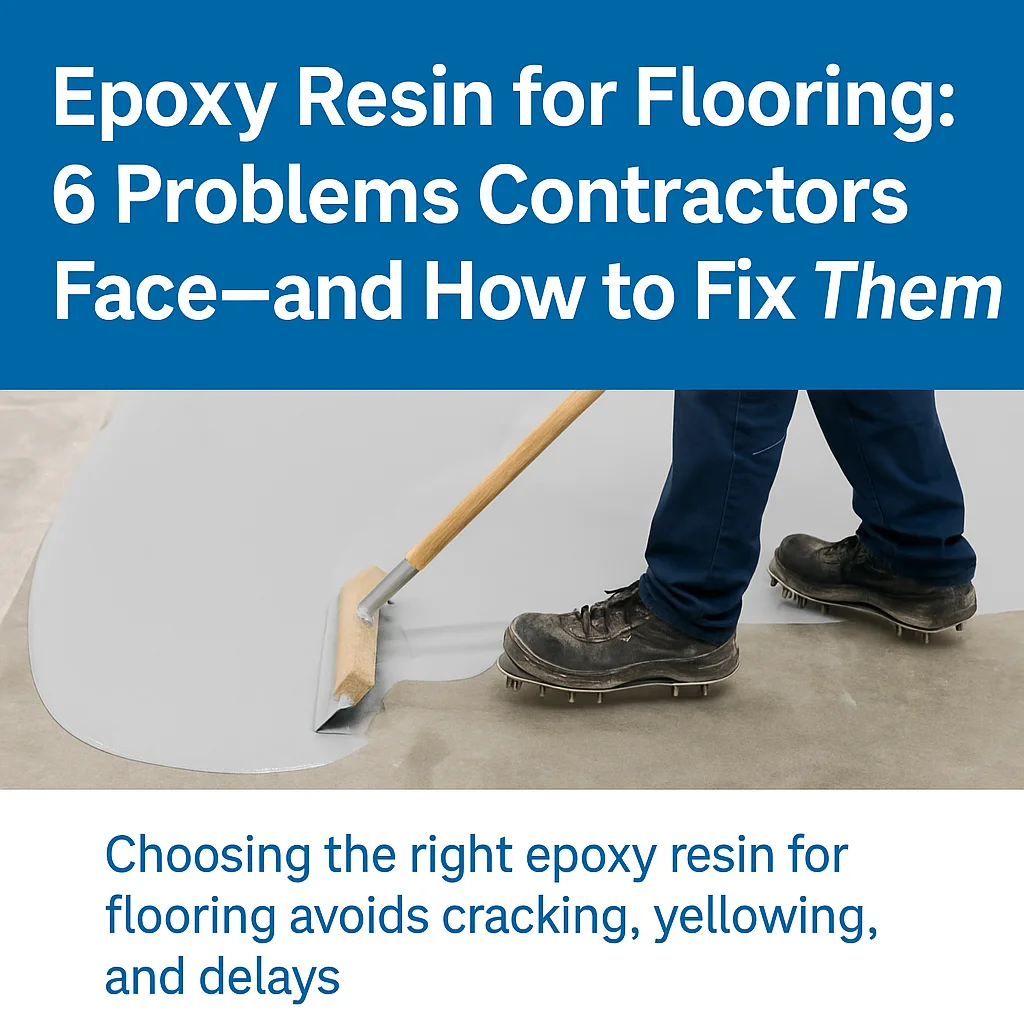Looking for the best epoxy resin for wood crafts? Whether you’re crafting jewelry boxes, making live-edge tables, or pouring custom coasters—your resin choice directly affects clarity, curing, and finish. This expert guide shows you what to look for, compares top models, and offers pro-level tips.
If you’re wondering how to polish epoxy resin to a high gloss, you’re in the right place.
Below is a field‑tested workflow that turns a slightly hazy surface into a mirror‑like finish—fast, repeatable, and beginner‑friendly.
If your epoxy resin still sticky after hours—or even days—you’re not alone.
I remember my first big resin pour on a walnut tabletop: it looked like liquid glass under the shop lights,
but the next morning it was tacky, leaving fingerprints. Let’s look at why epoxy resin still sticky
happens and, more importantly, how to fix it so you get a crystal‑clear, rock‑hard finish every time.
Creating ocean-themed jewelry is all about capturing the beauty and tranquility of the sea. Whether you’re making pendants, rings, or earrings with ocean designs, epoxy resin is the perfect medium for achieving stunning results. It provides clarity, durability, and flexibility—perfect for showcasing the vibrant colors and textures of ocean-inspired pieces.
Old furniture has charm, history, and character. But over time, wear and tear can diminish its beauty and functionality. Whether it’s a family heirloom or a vintage piece you found at a flea market, repairing it with the right materials is key. Epoxy resin for furniture repair offers a long-lasting solution to fix cracks, chips, and broken parts, restoring the furniture to its original beauty.
Epoxy Resin for Custom Furniture: How to Get a Professional Finish Every Time Custom furniture is all about quality and uniqueness. Whether you’re crafting bespoke tables, cabinets, or decorative pieces, the finish can make all the difference. Epoxy resin for custom furniture is a game-changer, offering unparalleled durability, high-gloss finishes, and protection from everyday wear […]
If you’re using epoxy resin for crafts, you already know how important clarity, hardness, and curing time are. But even experienced manufacturers lose money due to hidden issues—yellowing, sticky surfaces, or cracking after shipment.
In this guide, we’ll uncover 7 common mistakes craft resin manufacturers make—and how to avoid them with the right resin formulas, curing methods, and supplier support.
Choosing the right epoxy resin for carbon fiber can make or break your product quality. Whether you’re working on aerospace panels, performance bikes, or car interiors, using the wrong resin can lead to delamination, cloudiness, or worse—product failure.
In this guide, we’ll walk through common mistakes manufacturers make when selecting epoxy resin for carbon fiber, and how to avoid them using industry-tested formulas like 212AB, 4212AB, and 4010AB.
Epoxy resin for flooring is one of the most popular choices for commercial and industrial surfaces. But when contractors run into problems like bubbling, peeling, or slow curing, it often traces back to product mismatch or poor prep.
In this guide, we’ll walk through six common flooring issues—and show you how to avoid them using the right epoxy resin for flooring.




